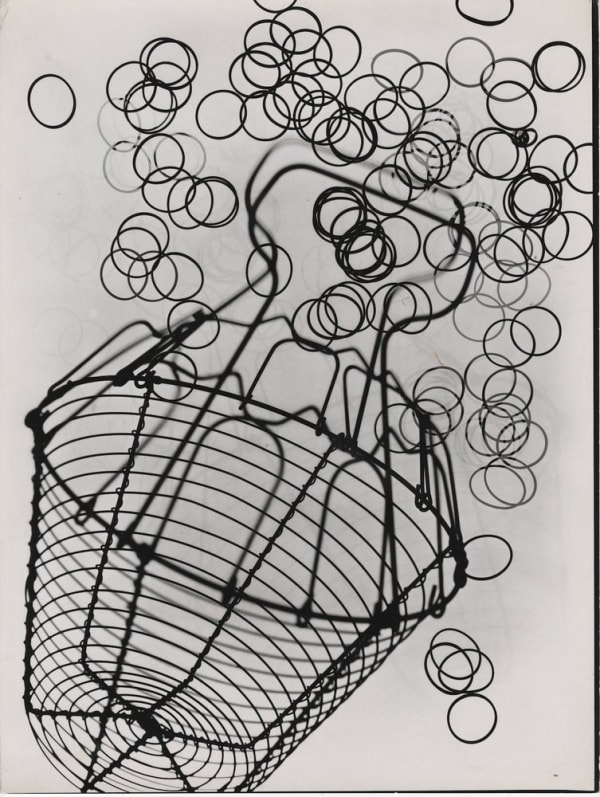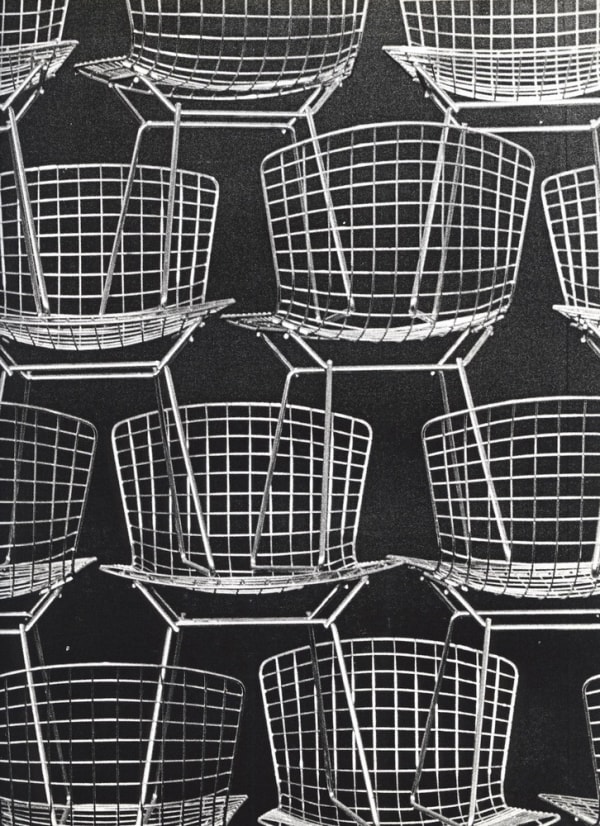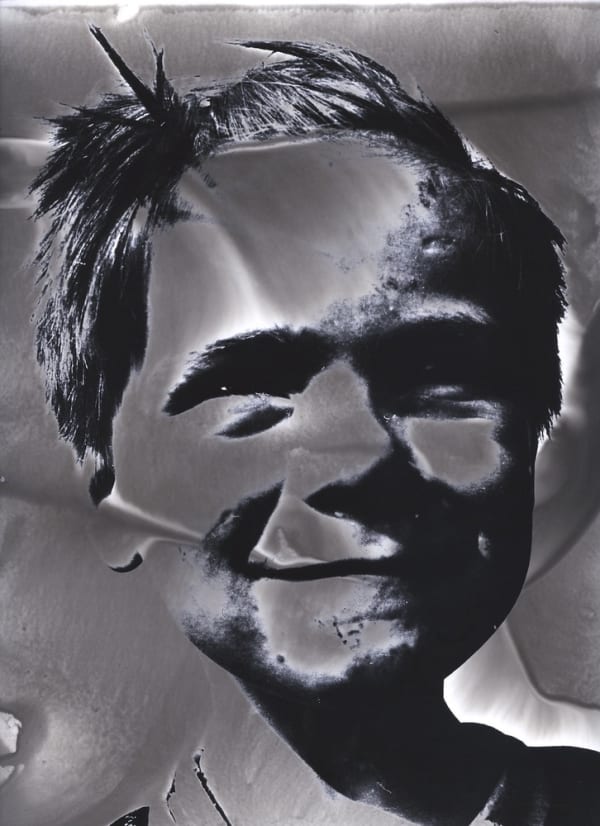We present our new weekly selection, which explores the exhibition Roger Catherineau or Unrealism in images and in the words of its curator Éric Rémy.
-
Discovering photography
At the age of twenty, at the end of the war, Catherineau finished his technical teaching studies at the École Normale Supérieure in Paris after studying applied arts. Even though he hoped to stay near Paris, he was appointed to a post in Lilles where he was awarded a chaired position in the School of Fine Arts.
Above all a draughtsman and sculptor who was interested in dance and mime, he came to photography later, with it becoming an escape in his new life of exile, far from his Paris circle of friends and artists whom he had met during his studies. In his portrait of Catherineau, the journalist Michel Zyka stresses that through his training, curiosity and company, he moved in a circle of painter, sculptor and dancer friends, and that as a result, ‘One by one, Catherineau tried his hand at sculpture and then dance, and then understood the extent to which the plastic arts completed each other, rather than cutting themselves off, in a wonderful harmony’.
In the apartment in Lilles that he’d turned into a studio, he bought a Leica that soon replaced his sketchbook. When he became dissatisfied with the prints produced by the lab, he procured the necessary equipment to develop film himself. He became enamored of the alchemy that brought him back into contact with the materiality of creation, precisely at the point where the photographic view by itself takes its distance from it. He discovered the miracles of the photogram and even forgot a pair of scissors on the paper, ‘the enthusiastic starting point for all his subsequent artistic explorations...’.
-
-
Photographism and photograms
For some fifteen years, as an enlightened, demanding creator, he worked the silver halide material like a painter working his canvas. ‘For him, the lens was an instrument for expression, exactly as the draughtsman’s pencil or the painter’s brush’. He considered ‘photography an art in its own right, with no obligation to reproducibility or to interpreting reality’. In Catherineau’s work, it is easier to speak of photographic creations than of photographs. On a plaque presenting his work, he defended the idea that photography takes its ‘place among the other means of expression: drawing, engraving, sculpture, painting… for creating images’. He summed his vision up by saying that photography creates images, it does not capture them.
-
-
Subjektive fotografie
Subjektive Fotografie [subjective photography] was founded by Otto Steinert, a member of the fotoform group, in the early 1950s. It was conceived as explicitly artistic photography, based on the experimental practice of the medium.
Opposed to photography as an objective reproduction of reality, Subjektive Fotografie privileges the possibilities of a pictorial interpretation where the imagination is solicited. It is mainly expressed in black and white and through abstract forms, graphic subjects or surrealist compositions. The prints are generally contrasted and emphasize radical cuts and plays of light and shadow.
After the Second World War, the Subjektive Fotografie wanted to give photography back its artistic legitimacy, which it had lost to documentary photography. In 1951, the fotoform group organized the first exhibition of Subjektive Fotografie in Saarbrücken, followed by two subsequent editions in 1954/55 and 1958.
-
-
Awarded his first prize at Saarbrücken in the exhibition for Subjektive Fotografie II, Roger Catherineau exhibited regularly in different galleries but with varying fortunes: the selection committees only appreciated one or two of his photographs, thrown off as they were by the modernity they saw, which was very far from the ‘sunsets, waterlilies and groups of beggars’ that still filled the selections.
‘According to its strict definition, photography is writing with light. Though everyone can write, are there many true writers? Let pure photographic creation be a Poetry that can do without Words!’
Catherineau, Un moyen d’expression plastique.
-
Reinventing the portrait
-
-
Derealize
For him, the real work took place in the dark room: it is an ‘obligation to carry out all of the laboratory tasks oneself’ because that ‘helps penetrate even further the fantastic of what makes the Grand Meaulnes real’ . For Catherineau, borders fade: his subjects are animals, plants — the heart of his work — organic matter, industrial objects such that ‘man fuses with glass, skin becomes fibre’.
-
-
WEEKLY SELECTIONS
Our exhibitions will reopen on May 19th!
Sign up to receive our weekly selections:
For any information, the team can be reached by email: contact@lesdoucheslagalerie.com



















